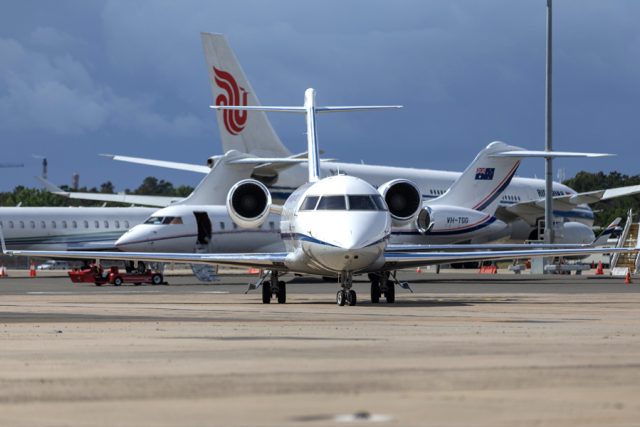As an aircraft management firm, we are often asked about the differences between large commercial jets and the smaller private jets that define our industry. Here’s our take on some of the key performance factors of the large mass travel workhorses and the smaller private jets that deal in exclusivity and privacy.
Speed and Range
Commercial Jets: Commercial airliners are designed for efficiency and mass transport, boasting impressive cruising speeds that often exceed 500 knots (around 920 km/h). These jets are built to cover vast distances, connecting major cities and continents. Their range can vary significantly, with long-haul aircraft like the Boeing 777 capable of flying over 8,000 nautical miles non-stop (approximately 14,816 kilometers).
Private Jets: Many midsize and large-cabin private jets rival the bigger machines and can cruise at speeds between 450 to 600 knots (approximately 833 to 1,111 km/h). Although their range is typically shorter than that of commercial jets, private jets can still cover transcontinental distances without the need for refueling.
Capacity and Comfort
Commercial Jets: Commercial airlines focus on maximizing passenger capacity to achieve cost efficiency. Therefore, coach passengers can expect to feel a bit squeezed on a full flight. Accommodating hundreds of passengers, ranging from approximately 100 in smaller regional jets to over 800 in larger wide-body aircraft like the Airbus A380, it’s truly a demonstration of the capabilities of modern travel.
Private Jets: While private jets focus on comfort and luxury, their passenger capacity is inherently limited, which is often part of the attraction. Light jets may seat 4-8 passengers, midsize jets can accommodate up to 10, and large-cabin jets can have configurations for 12 to 20 passengers. The goal here is usually to avoid “squeezing” passengers and giving all travelers lots of leg room and personal space while enjoying the trip.
Runway Requirements
Commercial Jets: Commercial airports are designed to handle the large wingspans and heavy weights of commercial jets. These aircraft require longer runways for takeoff and landing due to their size and payload capacity limiting them to a certain size of airport.
Private Jets: Private jets, particularly light and midsize models, are designed to operate from smaller airports with shorter runways. This gives them and their passengers access to a far more extensive network of airports, often landing them closer to their final destination.
Flexibility and Accessibility
Commercial Jets: Commercial airlines adhere to fixed schedules, and passengers must plan their trips around these predetermined flight times where they are often at the mercy of delays and cancellations. While major airports are well-connected, reaching remote destinations may also require additional connecting flights.
Private Jets: Private jet travelers can depart on their own schedule, from airports closer to home and to their destination. This flexibility is a significant advantage for time-sensitive business trips or hassle-free personalized leisure travel.
Each type of aircraft and air travel offer excellent choices for travellers, but please pardon us if we think private jet performance delivers a more enviable experience for those who are able to enjoy it.
